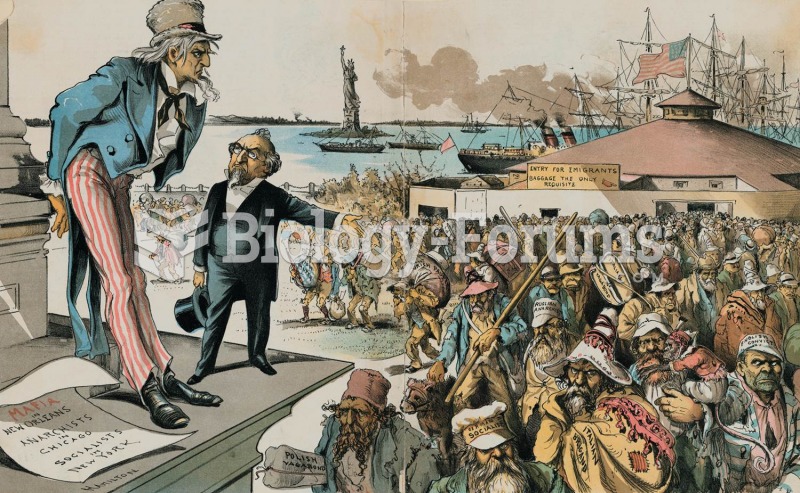Answer to Question 1
No single theory provides a complete picture of why racial discrimination and oppression occur. The sources of discrimination are both internal and external to those who are prejudiced. Some of the causes of racial discrimination and oppression in the society are as follows:
Projection: It is a psychological defense mechanism by which people attribute to others characteristics that they are unwilling to recognize in themselves. Many people have personal traits they dislike. They have an understandable desire to get rid of such traits, but this is not always possible. These people may then project some of these traits onto others (often to some other group in society), thus displacing the negative feelings they would otherwise direct at themselves. In the process, they reject and condemn those onto whom they have projected the traits.
Authoritarianism: One of the classic works on the causes of prejudice is The Authoritarian Personality, by T. W. Adorno et al. Shortly after World War II, these researchers studied the psychological causes of the development of European fascism and concluded that there was a distinct type of personality associated with prejudice and intolerance. The authoritarian personality is inflexible and rigid and has a low tolerance for uncertainty, has a great respect for authority figures and quickly submits to their will, and highly values conventional behavior while feeling threatened by unconventional behavior in others. To reduce this threat, this personality type labels unconventional people as immature, inferior, or degenerate and thereby avoids any need to question his or her own beliefs and values. The authoritarian personality views members of minority groups as unconventional, degrades them, and expresses authoritarianism through prejudice and discrimination.
Socialization patterns: Prejudice is also a learned phenomenon, transmitted from generation to generation through socialization processes. Our culture has stereotypes of what different racial group members ought to be and how they ought to behave in relationships with members of certain outgroups. These stereotypes provide norms against which a child learns to judge people, things, and ideas. Prejudice, to some extent, is developed through the same processes by which we learn to be religious and patriotic, to appreciate and enjoy art, or to develop our value system. Racial prejudice, at least in certain segments in our society, is thus a facet of the normative system of our culture.
Answer to Question 2
C







